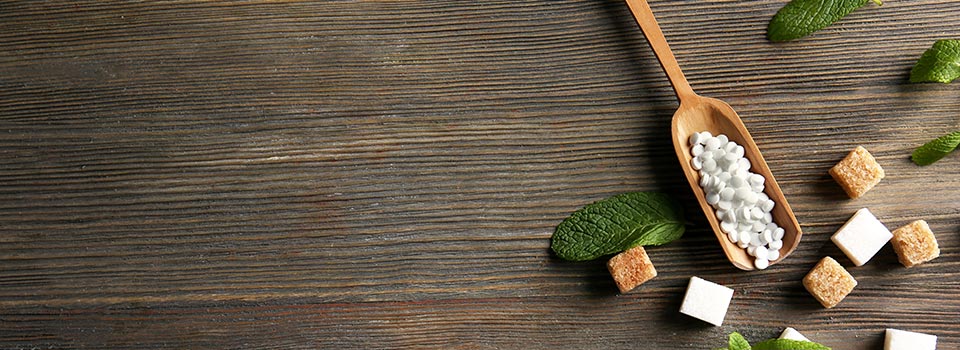Stevia and children
As one knows, hardly any kid grows up without sweets because children love sweetness. But foods and drinks containing sugar should be eaten in moderation since they may lead to tooth decay and increased body weight, neither of which are good for your children’s health. An alternative to sugar, however, is sweetening with stevia leaf extract.
Healthy sugar substitute for children
The natural sweetener from the stevia plant contributes no calories, does not influence metabolism and protects your teeth. As stevia leaf extract is up to 200-300 times sweeter than sugar, small amounts of stevia leaf extracts are sufficient for satisfying your children’s desire for the sweet tasting goods.
Stevia leaf extracts for kids – the right quantity is key
Stevia leaf extracts are a proven safe sweetener, and have been granted regulatory approval/allowance by international food regulatory bodies such as the European Food Safety Authority (EFSA) in the European Union and the U.S. Food and Drug Administration (FDA) in the United States. All relevant research studies on the safety of stevia leaf extracts have been thoroughly reviewed by expert scientists. Although stevia leaf extract is harmless, you should nonetheless pay attention to the amount consumed by your children – just like with other foods.
Due to their low weight, children reach the acceptable daily intake faster than adults. for example an adult weighing 60 kg can consume an amount of stevia leaf extract (rebiana) with sweetening power equivalent to about 45 teaspoons of sugar a day, however, due to their low weight, children reach the recommended daily intake faster than adults: a child that is half as heavy can safely consume half as much.
Recommended maximum daily intake
Stevia leaf extracts are a mixture of sweetening compounds called steviol glycosides. In order to establish an acceptable daily intake for the mixture, safety studies calculate intake based on the common feature in the steviol glycosides – the steviol backbone. Therefore, the acceptable daily intake for the stevia leaf extracts has been established and adopted globally recognized safety studies as 4 mg per kg of body weight expressed in steviol equivalents. Safety authorities, such as the World Health Organization (WHO), have calculated this intake level to include a substantially high (100 fold) safety margin. You can find more information about the calculation of daily intake here.
How much stevia does your child consume? Keep track!
When you feed your children meals that are sweetened with stevia leaf extracts, you should bear in mind that the use of stevia in the product is not always immediately apparent. Stevia may be contained in prepared foods and beverages like soft drinks, dairy products, confectionary or ice cream. To keep track of how much stevia your child actually has per day, you should check food packaging carefully.
In the European Union, you can rely on the stevia leaf extract labelling “E 960” or “steviol glycosides” (which is the scientific name of the sweet compounds found in the leaves of the stevia plant).
In the US, the use of “stevia leaf extrac”, “stevia extract”, “Rebaudioside A” (which is one of the steviol glycosides), “Reb A” (the short name for Rebaudioside A) and “stevia leaf extracts” are common labelling terms.
Click here to ask questions about stevia and children. The International Stevia Council is a not-for-profit organisation promoting stevia and can advise you on issues relating to stevia.

